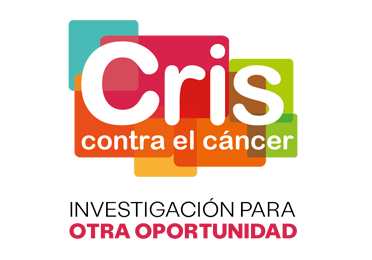A collaborative study carried out between researchers of the Vall d’Hebron Hospital of Barcelona and the Dana-Farber Cancer Institute of Boston (United States) has allowed for the identification of a new gene involved in half of the cases of colon cancer, the CDK8. According to Josep Tabernero, main researcher of the gastrointestinal tumors program of the Vall d’Hebron Institute of Oncology (VHIO) and participator in the study, «this gene is associated to the genesis and development of this kind of tumors», the most common one in the population.
Nature has published the results of the research, in which the director of VHIO, José Baselga, has also been involved. William Hahn, director of the research and member of the Dana-Farber Institute, is cautious with the discovery: «this work confirms that many genes involved in cancer are still unidentified».
Up until today, it was knwon that a signal pathway (WNT/beta-catenine) was active in almost half of the colon cancer patients, but it the gene that caused this anomaly was unknown. Using a methodology that allows to analyze the genes one by one, the ones capable of activating this signals pathway have been discovered.
Once this information was obtained, it was overlapped with samples of tumor tissues from colon cancer patients, in which it was tried to detect some amplified gene. The CDK8 was this gene. Although it is fundamental to be cautious and carry out much further research in this issue, considering that beta-catenine is related to half of the cases of colon cancers, in the future this discovery could directly benefit half the patients with this illness. According to Tabernero, alter discovering that CDK8 is an important oncogene for the activation of this pathway, therapy interventions could be carried out to block «this switch, that is, to keep it always closed».
In pre-clinical stages, the study has shown in the laboratory that suppression of CDK8 in mice is translated in a tumor regression. The next step, according to Tabernero, is «to prove wether it is possible to attain this same effect with drugs in human beings».











